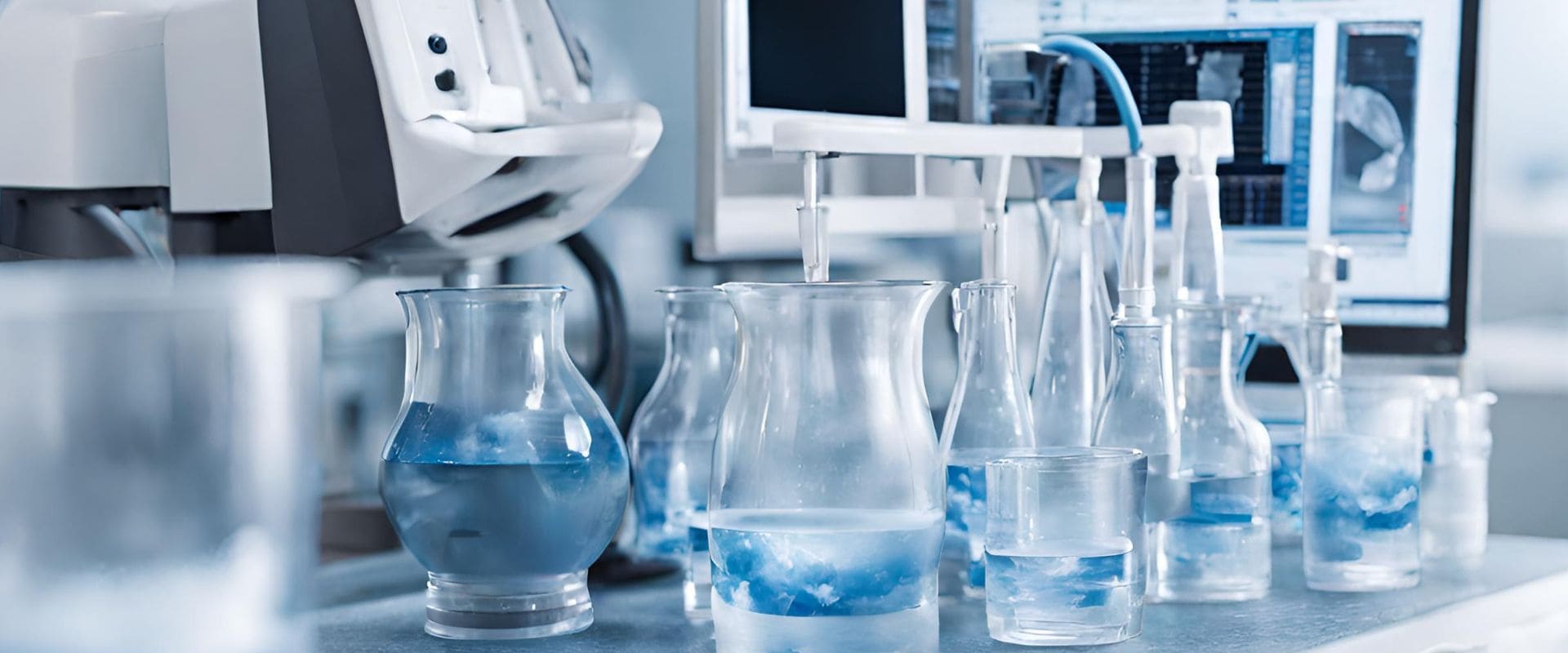
Optimizing Ultrasound
for Enhanced
Water Treatment AOPs
for Enhanced
Water Treatment AOPs
Abstract
Ultrasound boosts oxidation, treating water efficiently by generating radicals, vital for degrading pollutants and enhancing disinfection.
Blog
Ultrasound-enhanced Advanced Oxidation Processes (AOPs) combine the principles of ultrasound (acoustic waves) with advanced oxidation techniques to improve the efficiency of Water Treatment processes. The application of ultrasound can enhance mass transfer, generate reactive species, and promote the degradation of pollutants in water.
Principle - Ultrasound refers to sound waves with frequencies above the audible range for humans, typically above 20 kHz. When ultrasound waves propagate through a liquid medium, they create cavitation bubbles. Cavitation involves the formation, growth, and collapse of these bubbles, leading to the generation of localized hotspots and high-pressure zones. The collapse of cavitation bubbles produces intense physical and chemical effects, including microstreaming, shock waves, and free radical formation.
Ultrasound-Enhanced AOPs
- Enhanced Mass Transfer - Ultrasound can improve mass transfer by creating microstreaming and turbulence in the liquid medium. This helps in better contact between the reactants and increases the availability of the reactants at the reaction sites.
- Cavitation Effects - Cavitation leads to the formation of highly reactive hydroxyl radicals (•OH) and other reactive species. These radicals can initiate oxidation and reduction reactions, contributing to the degradation of organic pollutants.
- Free Radical Formation - The collapse of cavitation bubbles generates high temperatures and pressures, creating an environment suitable for the formation of free radicals. These radicals contribute to the breakdown of organic compounds.
- Sonolysis - The direct action of ultrasound waves on water molecules can lead to the formation of radicals, including hydroxyl radicals, through a process called sonolysis. These radicals contribute to the degradation of pollutants.
Applications
- Water and Wastewater Treatment
- Ultrasound-enhanced AOPs are applied in the treatment of various water sources, including industrial wastewater and drinking water, for the removal of persistent organic pollutants.
- The process is effective in degrading organic compounds such as dyes, pharmaceuticals, pesticides, and industrial chemicals.
-
Disinfection
- Ultrasound can enhance the effectiveness of disinfection processes by promoting the formation of reactive species that have antimicrobial properties.
- In summary, ultrasound-enhanced AOPs offer a promising approach for the advanced oxidation of organic pollutants in water, leveraging the unique effects of ultrasound to enhance the efficiency of traditional AOPs.
×
![]()
|
DOWNLOAD BROCHURE
|
|
REQUEST FOR QUOTATION
|


